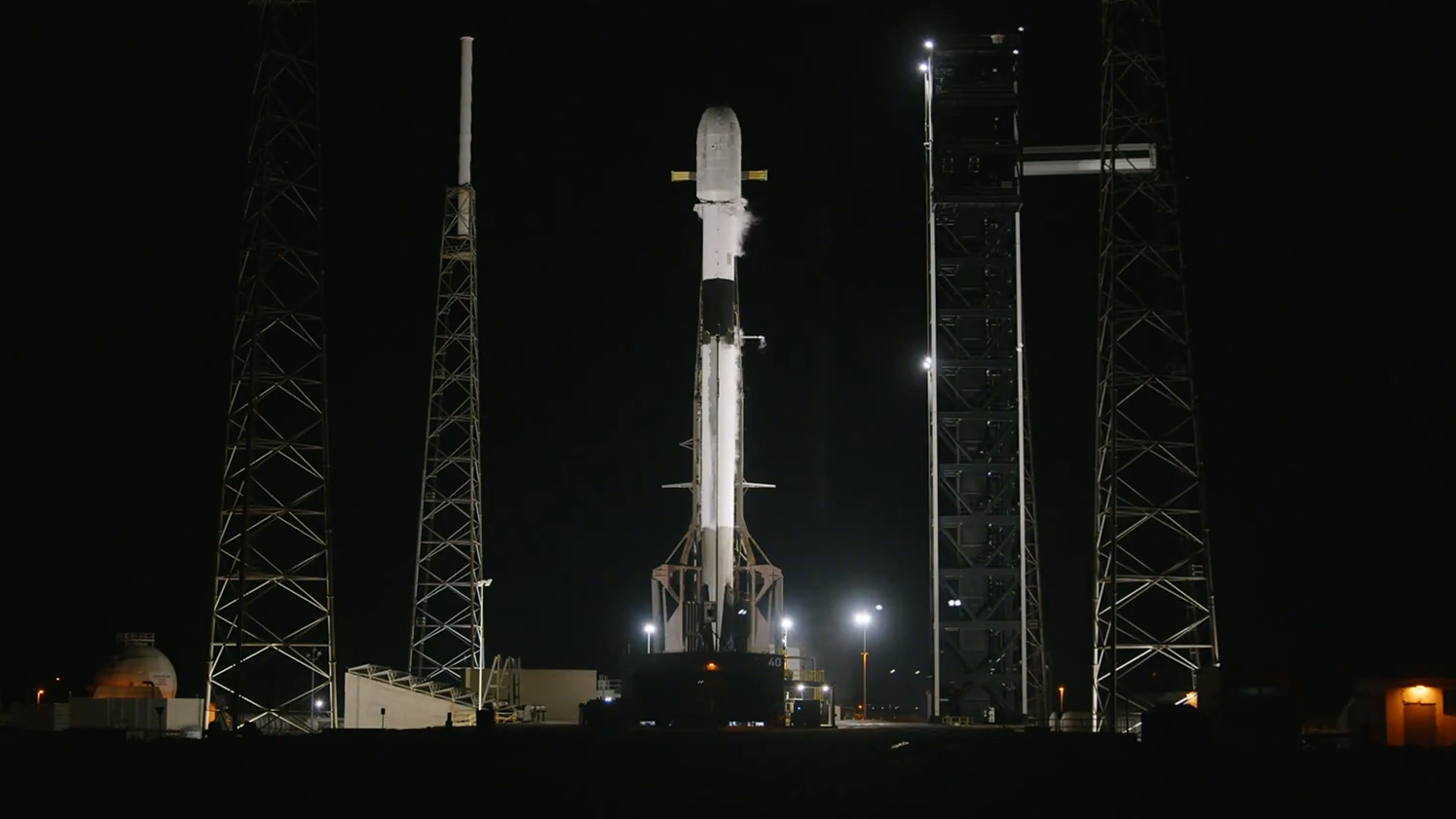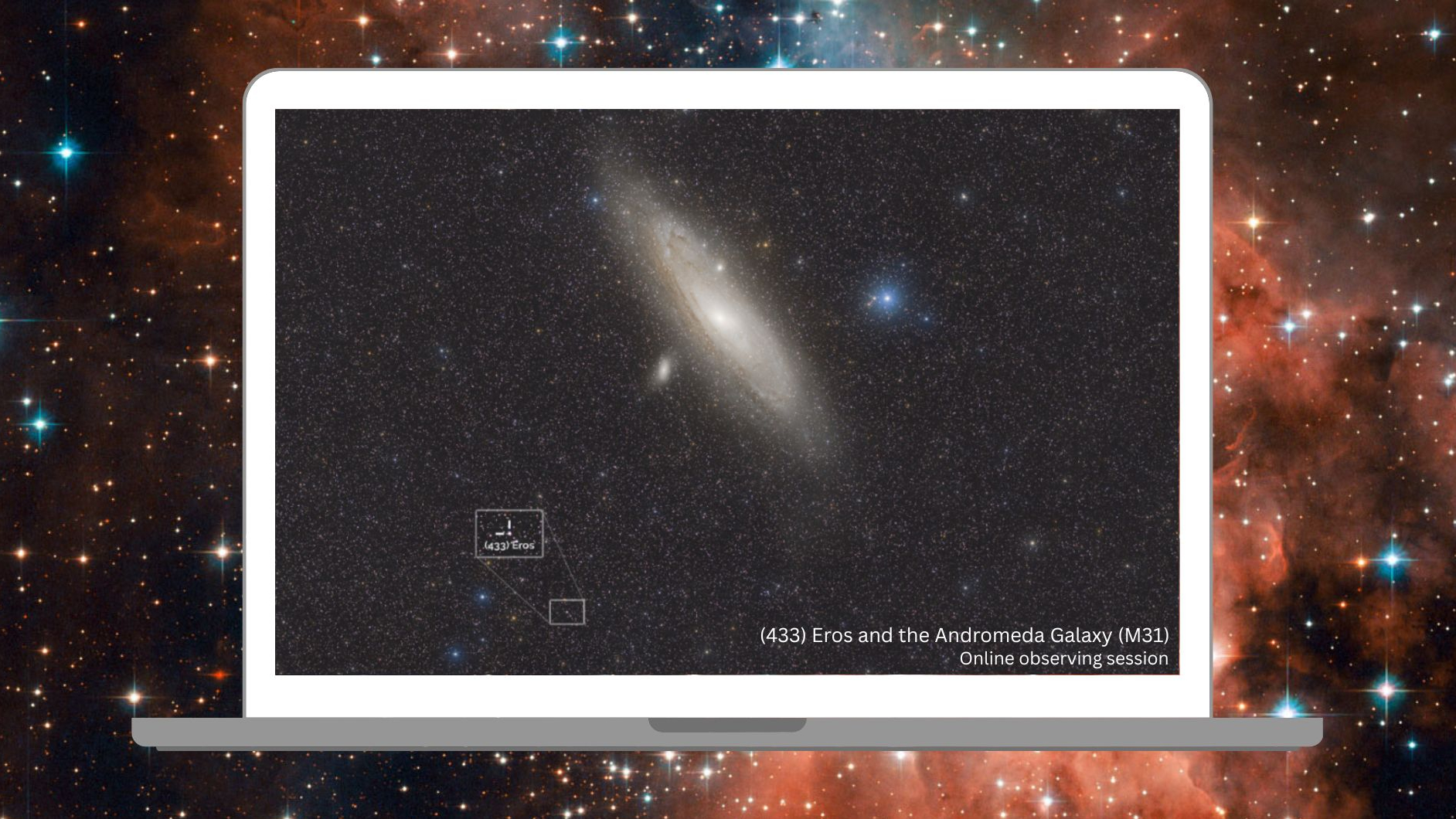SpaceX launches 28 Starlink satellites to orbit on 130th Falcon 9 flight of the year
More than 90 of those missions have been Starlink flights.

SpaceX's workhorse Falcon 9 rocket now has 130 liftoffs under its belt this year.
A Falcon 9 topped with 28 of the company's Starlink internet satellites launched from Cape Canaveral Space Force Station in Florida today (Oct. 16), rising off the pad at 5:57 a.m. EDT (0957 GMT).
The rocket's first stage came back to Earth as planned about 8.5 minutes later, landing in the Atlantic Ocean on the SpaceX drone ship "Just Read The Instructions."
It was the third launch and landing for this particular booster, which is designated B1095. Its other two flights were also Starlink launches, according to a SpaceX mission description.
The Falcon 9's upper stage, meanwhile, continued carrying the 28 Starlink satellites toward low Earth orbit (LEO), where they're scheduled to be deployed 64 minutes after liftoff.
Today's launch was the 130th Falcon 9 flight of 2025 already. That's just two shy of the rocket's single-year record, which was set in 2024.
More than 70% of this year's Falcon 9 launches have been devoted to building out the Starlink megaconstellation, which currently consists of nearly 8,600 operational satellites.
Breaking space news, the latest updates on rocket launches, skywatching events and more!
SpaceX has five other launches under its belt this year as well — test flights of its Starship megarocket, which the company is developing to take people to the moon and Mars. The most recent Starship mission launched on Monday (Oct. 13) and was a complete success.

Michael Wall is a Senior Space Writer with Space.com and joined the team in 2010. He primarily covers exoplanets, spaceflight and military space, but has been known to dabble in the space art beat. His book about the search for alien life, "Out There," was published on Nov. 13, 2018. Before becoming a science writer, Michael worked as a herpetologist and wildlife biologist. He has a Ph.D. in evolutionary biology from the University of Sydney, Australia, a bachelor's degree from the University of Arizona, and a graduate certificate in science writing from the University of California, Santa Cruz. To find out what his latest project is, you can follow Michael on Twitter.
You must confirm your public display name before commenting
Please logout and then login again, you will then be prompted to enter your display name.
